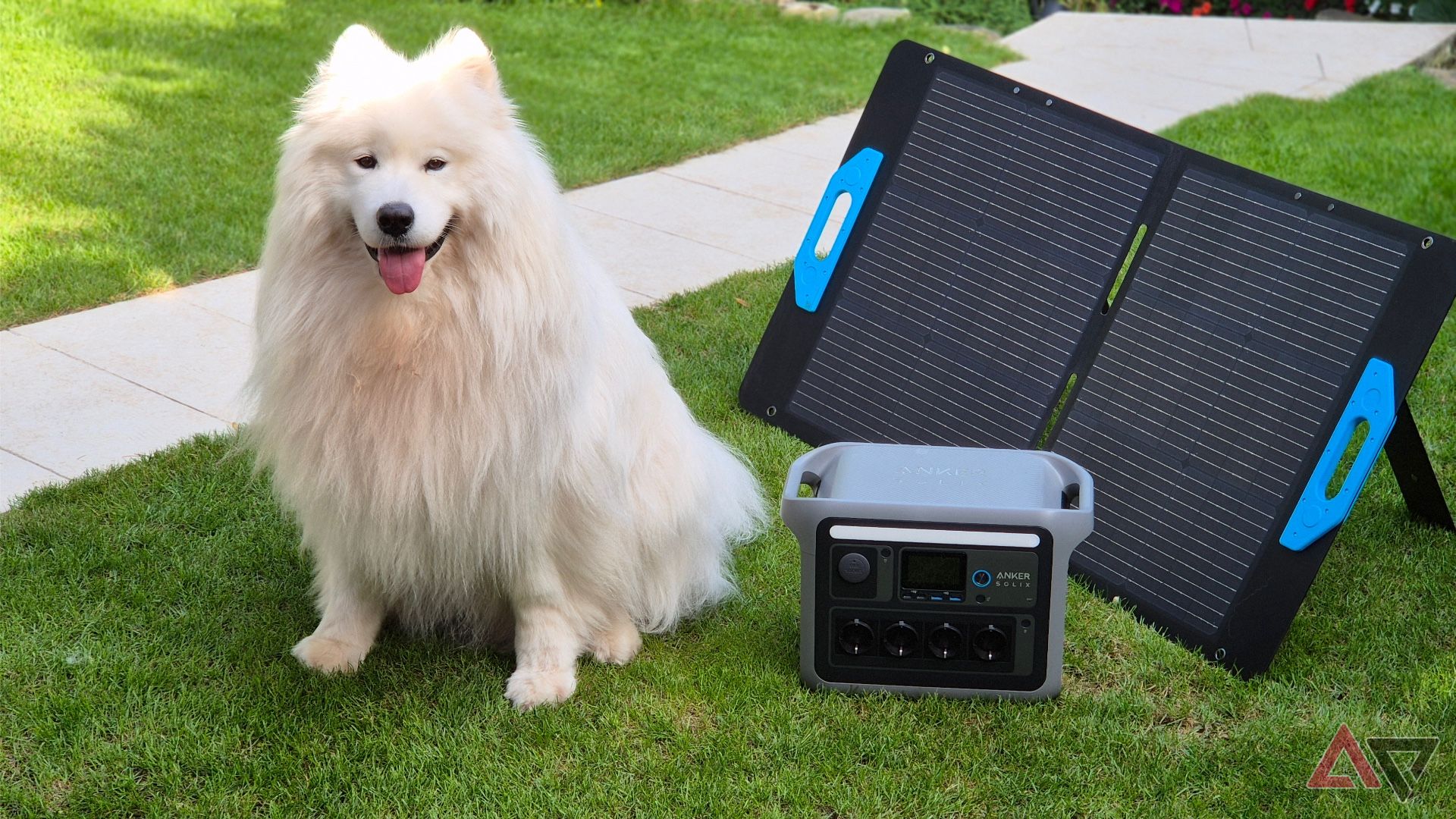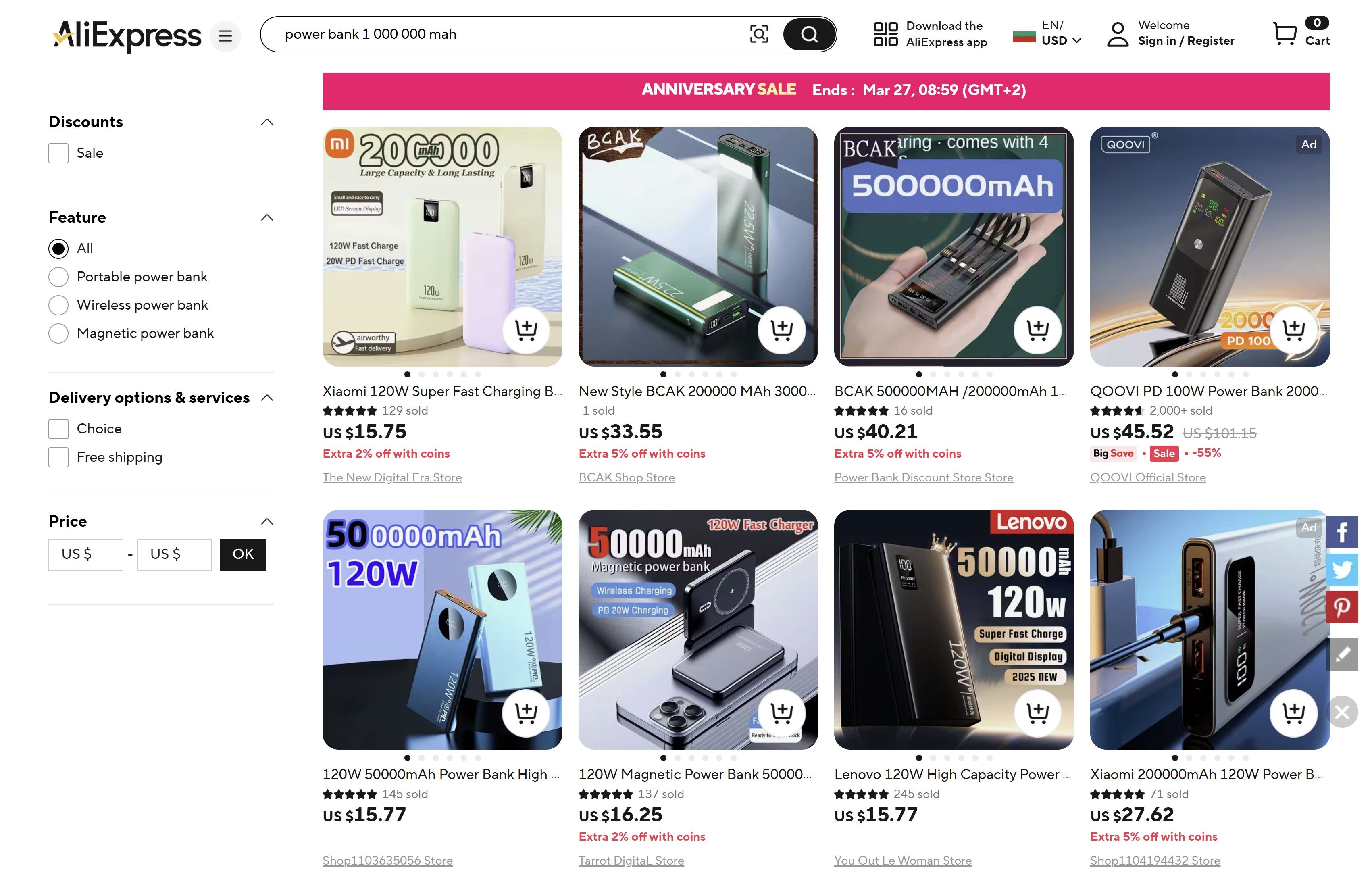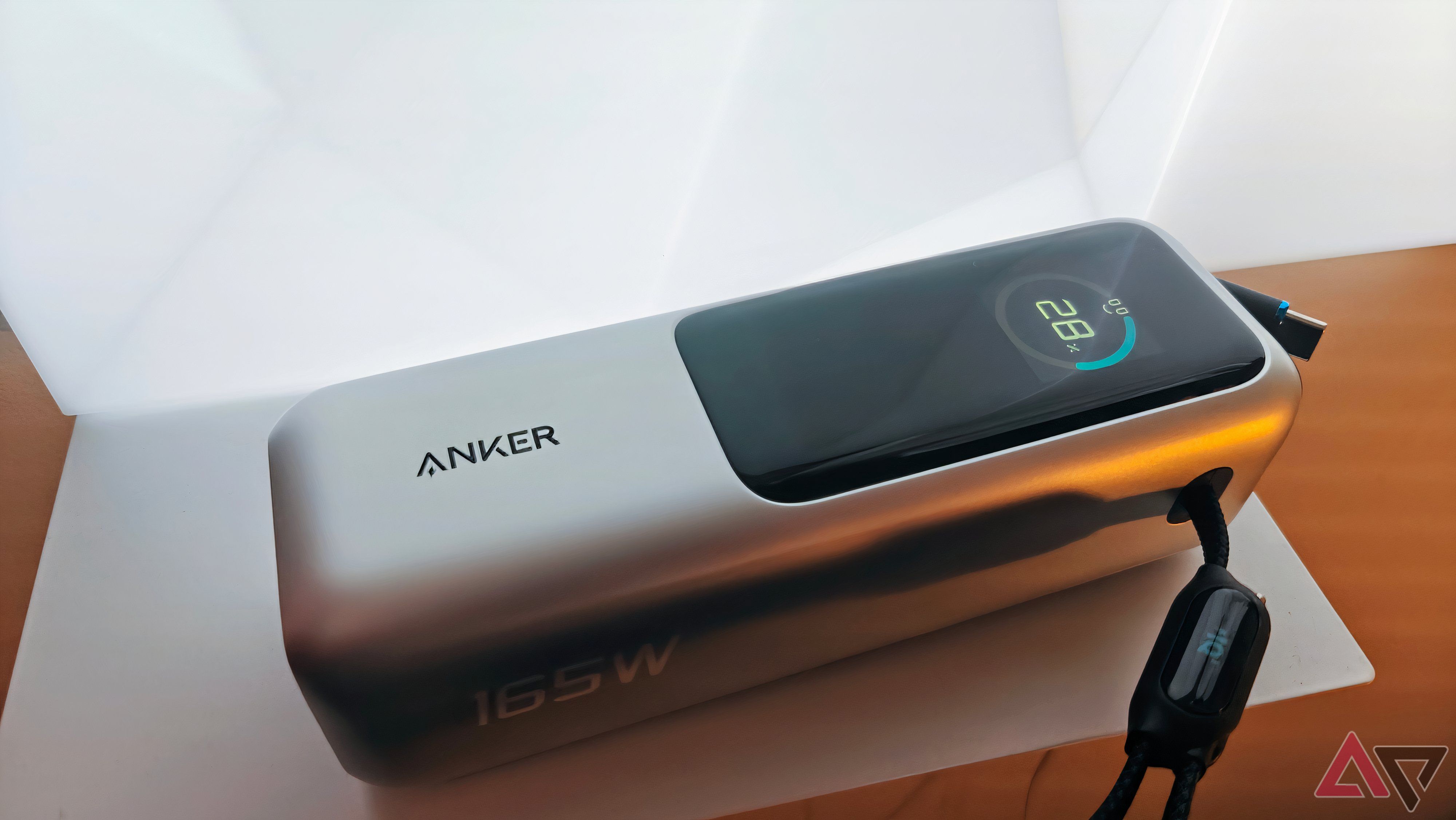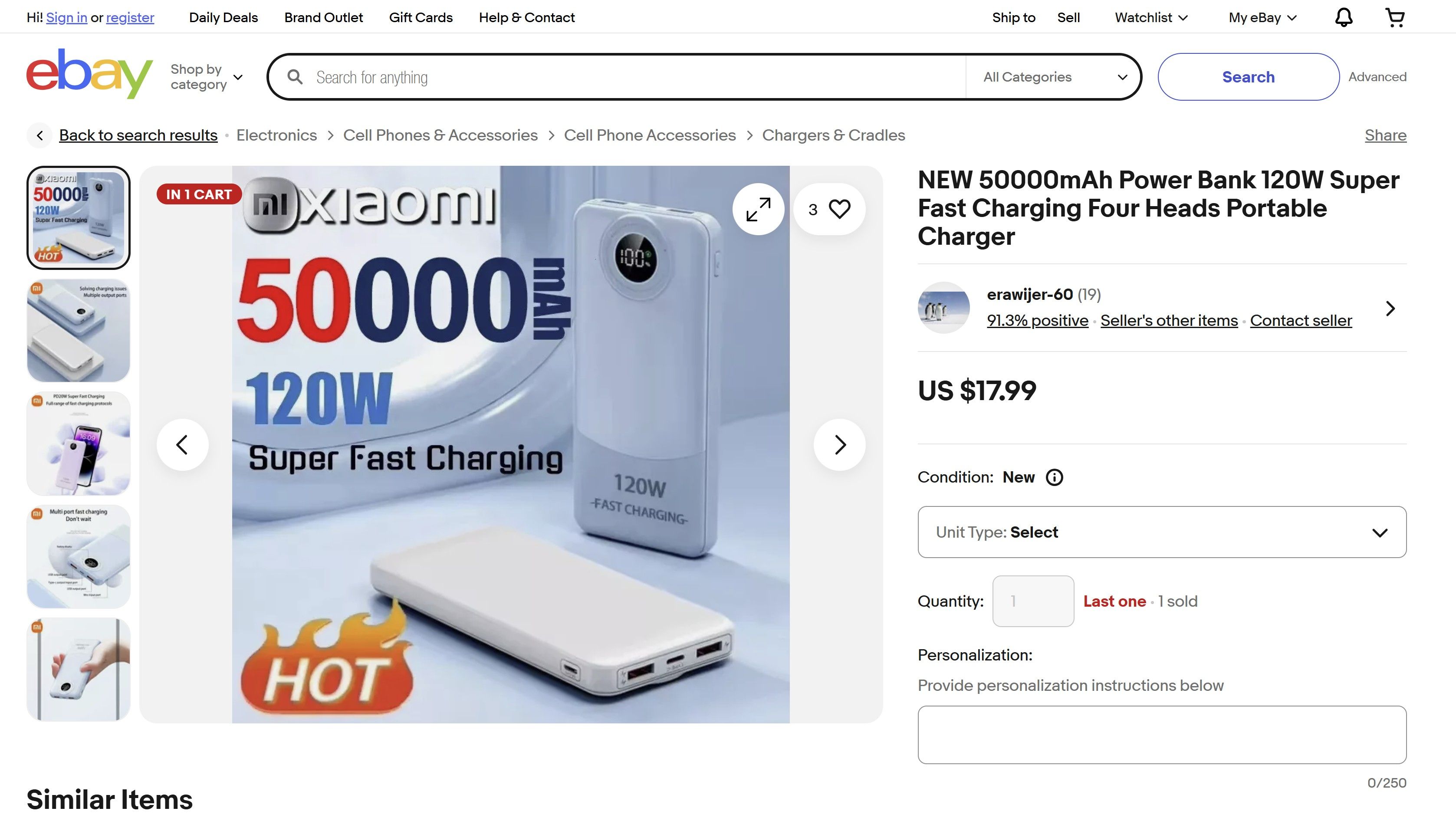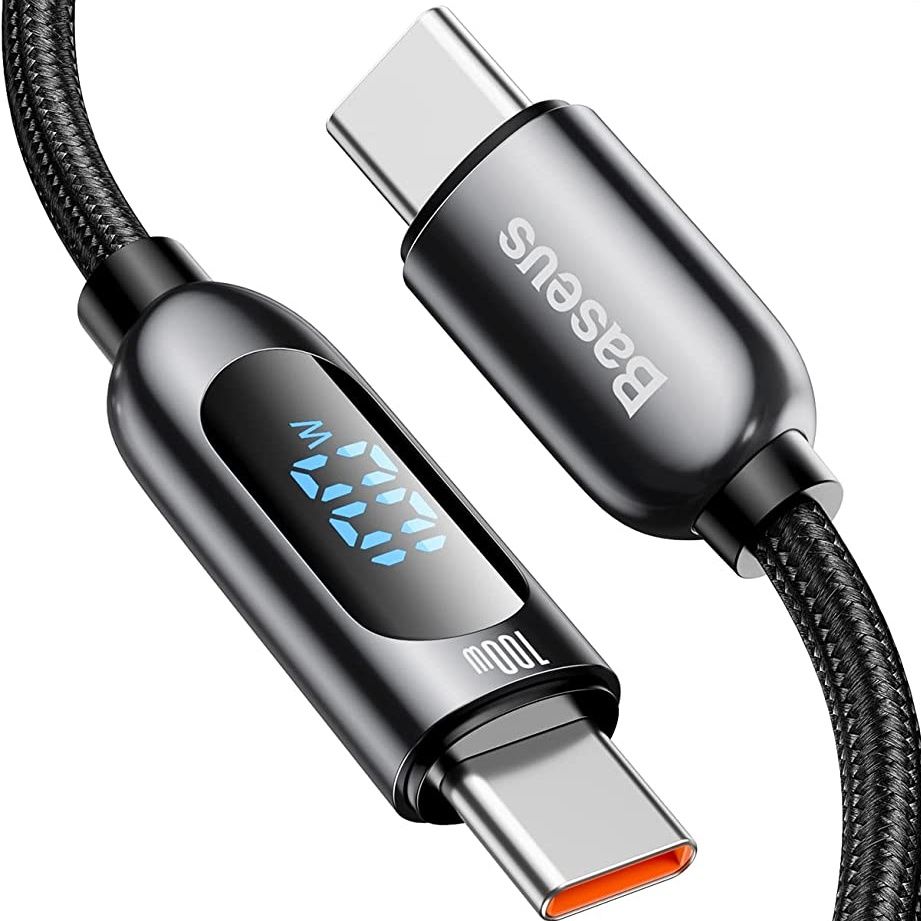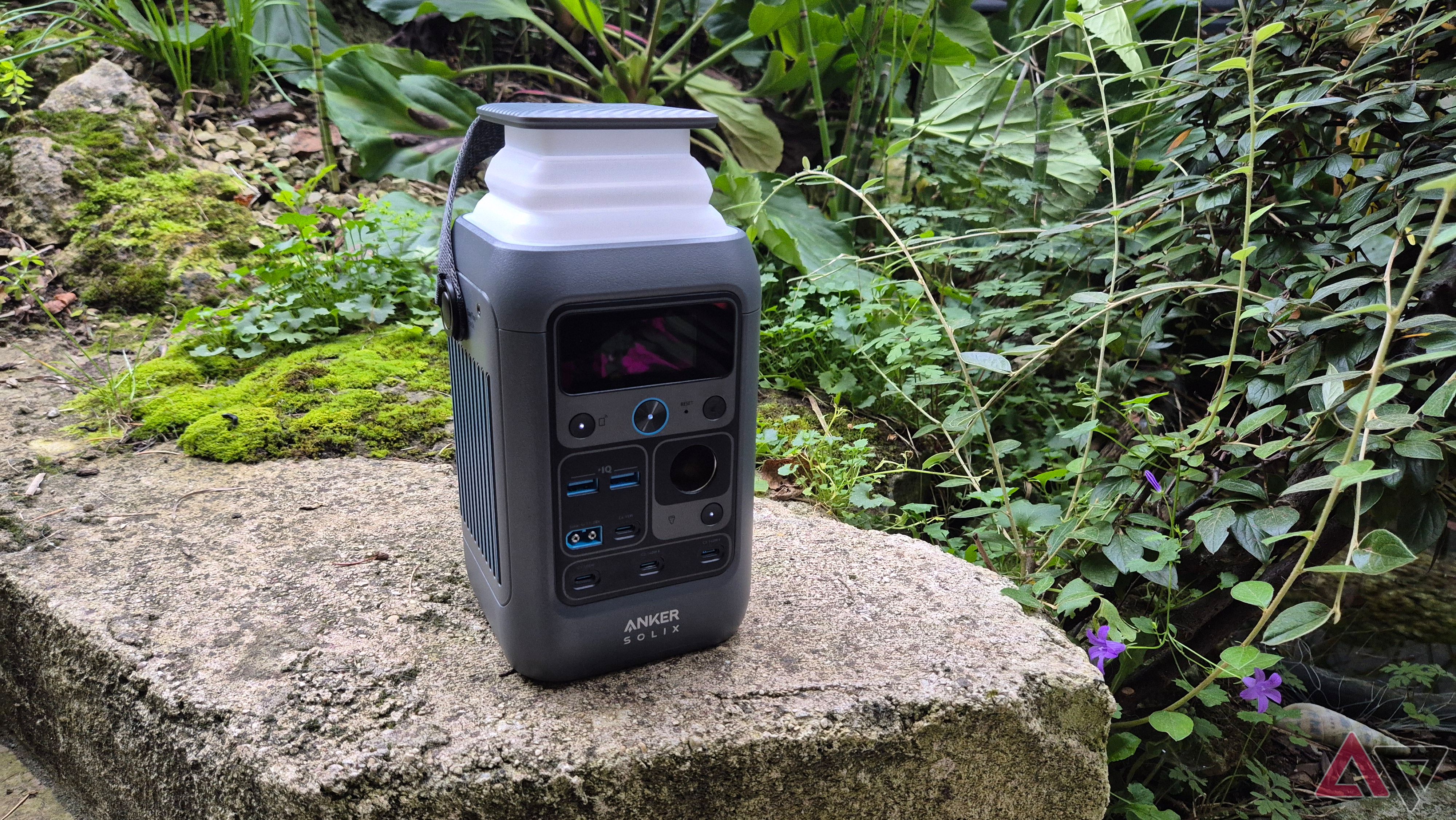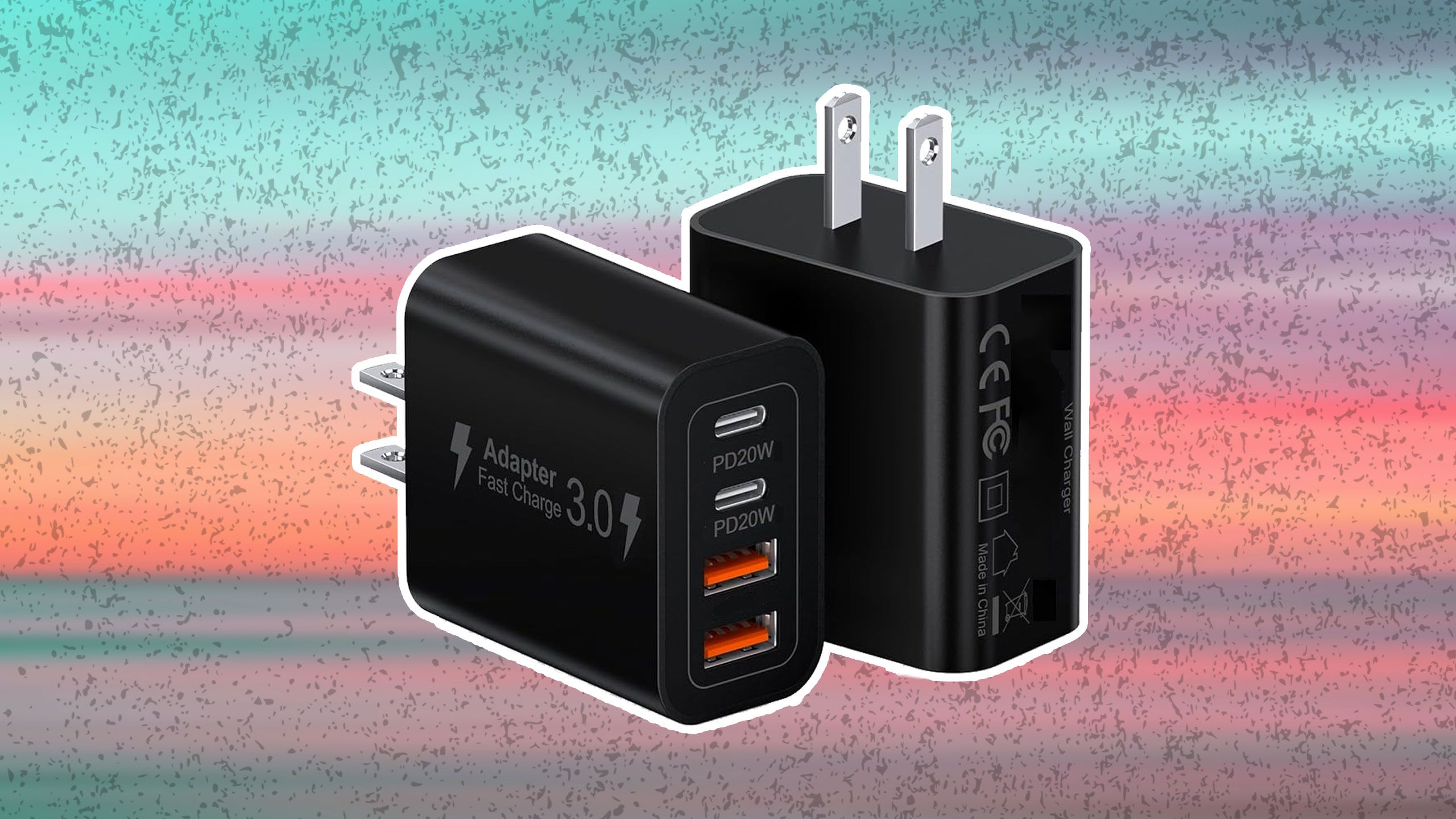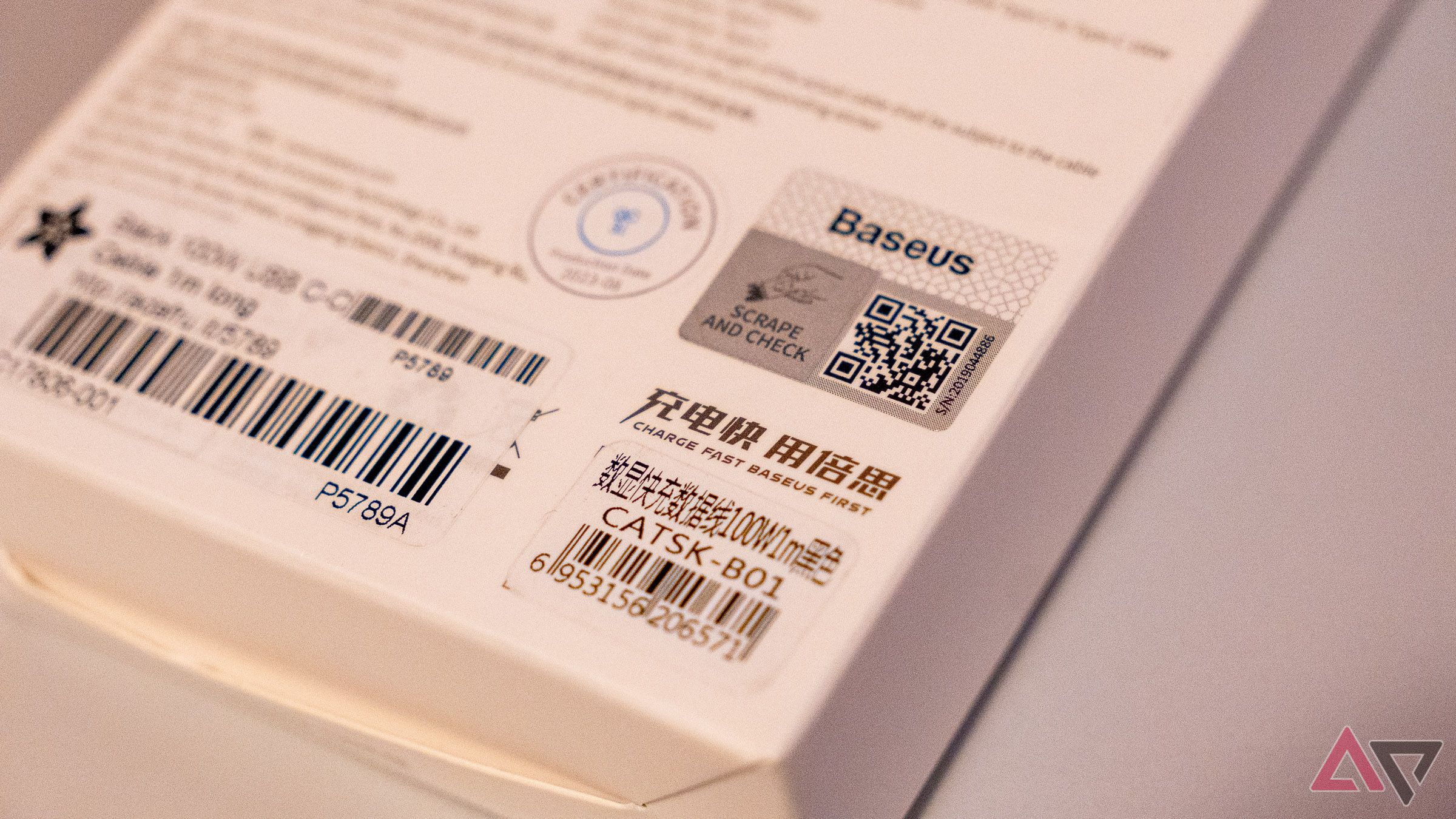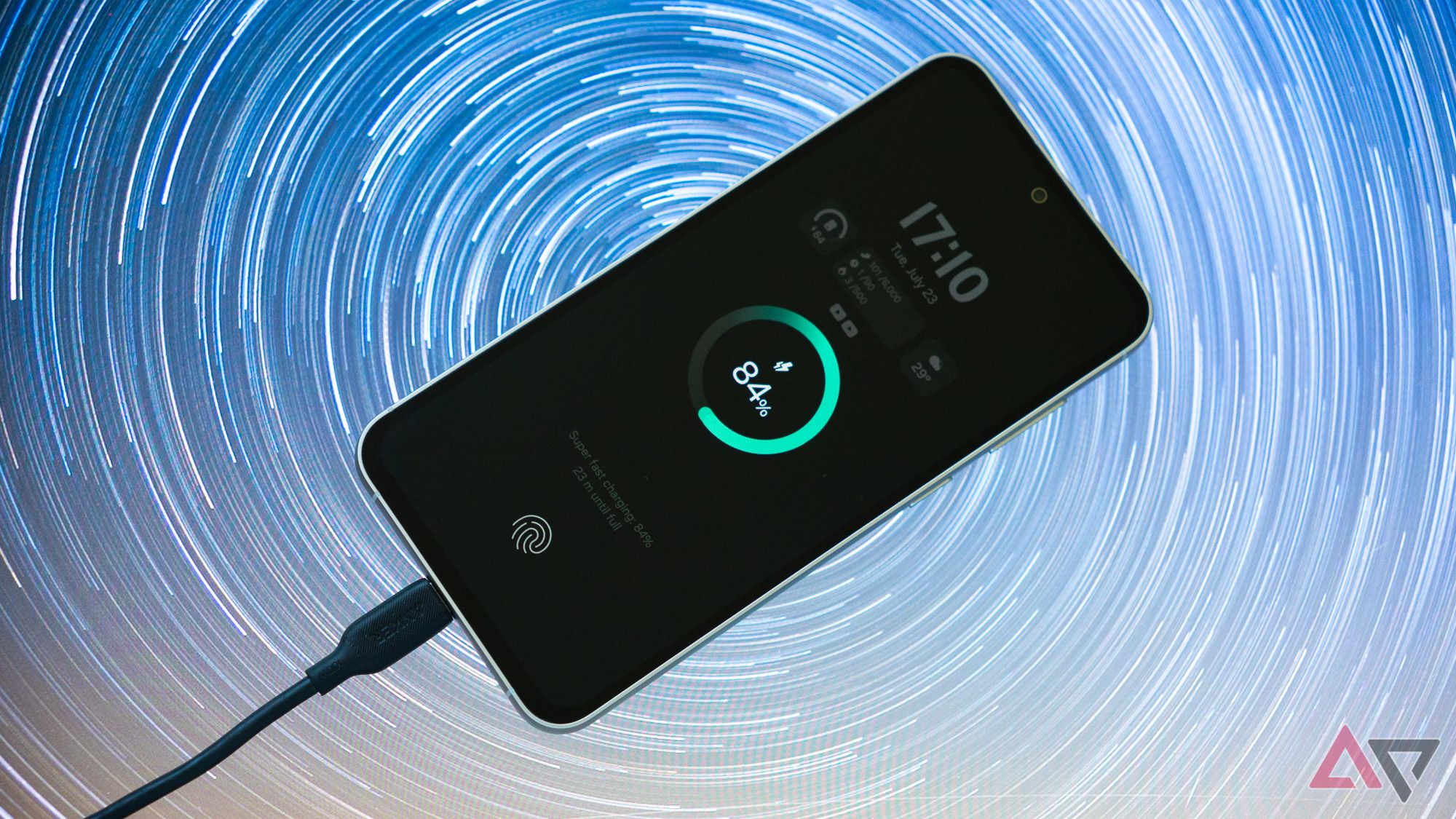A $40 power bank with a 500,000mAh capacity sounds too good to be true, right? That’s because it’s not, even though listings at some sketchier online stores might want you to believe otherwise. Fake power banks are still around, offered by unscrupulous sellers trying to make a quick buck. Counterfeits pretend to be brand-name products and to support features they don’t have. They often exaggerate their capacities, claiming to match the energy reserves of the best portable power stations.
Although a fake power bank will charge your phone, buying one is never a good investment. They’re likely made with little to no concern for safety or long-term reliability and use battery cells of questionable quality. That’s why you should know how to spot a fake power bank when you see one. Here’s how to do that.
Related
How this portable battery helps me go places with my dog
From coolers to blowers, it powers them all
4
Exaggerated capacity
A mAh rating bending the laws of physics
The capacity of a power bank is its most important specification. The higher the number, the more energy it can hold. However, since future battery technologies are still in development, most power banks rely on familiar lithium-ion tech. This means there’s a tight relationship between a battery’s capacity and dimensions.
A power bank the size of a smartphone typically holds around 10,000mAh. If one claims to hold 500,000mAh and fit in your hand, as in the picture above, it’s a guaranteed fake. Weight is also a factor. Batteries contain metals like aluminum and copper, which makes them thick and heavy. If a power bank feels light and hollow, something fishy could be going on.
Still, power banks with big capacities exist. For example, I use a 40,000mAh pack to recharge my laptop on the go, and an Anker SOLIX F2000 power station holds a whopping 500,000mAh worth of charge. Still, my unit is as big as a 16.9oz soda bottle, and Anker’s station is the size of a small suitcase. That’s the kind of energy density we’ll have until some radically better battery technology comes around.
Reminder: Power banks are not 100% efficient
Even high-quality, brand-name power banks may seem to hold less charge than advertised. For instance, a 10,000mAh power bank cannot recharge a 5,000mAh phone two times. You’ll get about a charge and a half in ideal conditions. That’s not because the power bank is fake or defective. It’s a matter of efficiency.
Power banks use voltage converters to supply the 5 to 20 volts expected at their USB ports. Then, the connected device steps that voltage down to charge its battery. You lose some energy in both of these processes, which is why only some of a power bank’s energy ends up in your phone’s battery. This is the case with every power bank, regardless of its make and model.
3
Misleading features and power ratings
Watch out for inflated numbers
Power is another figure sketchy sellers like to inflate. Exaggerated ratings are common among fake power banks, with 20-watt models advertised as supporting 120 watts, for example. They often go along with Fast Charging labels that don’t mention supported standards. Power banks capable of outputting over 100 watts are available but tend to be big, expensive, and from reputable accessory brands. A 120-watt portable battery that costs $18 is likely a scam.
How can you know for sure? It’s hard to tell the exact power capabilities of a power bank, even if you have it on hand. If it doesn’t charge your phone as quickly as a regular wall adapter, that’s a red flag. One way to measure phone charging speed more precisely is to use a specialized USB power tester or a cable with a built-in power meter. I have the one linked below, and it’s pretty good.
Baseus LED Display USB-C to USB-C Cable
3.3ft/ 6.6ft
480Mbps
100W
USB 2.0
Are solar power banks legit?
Another feature common among cheap, no-name power banks is a built-in solar cell. I tested a couple of such models and can confirm that solar charging works, at least technically. However, the solar cell makes little power (typically less than a watt) and only when exposed to direct sunlight. The bank does not charge in the shade or indoors, and the heat from the sun reduces its lifespan. Do not pick a power bank for the built-in solar panel.
Read our review
The Anker Solix C300 DC delivers portable power with solar support and app integration
A versatile but imperfect power station
2
Poorer packaging and material quality
Examine the box and product carefully
If you buy a power bank, and it comes in a clear plastic bag, it’s probably not of top-notch quality. Knowing from experience, this can happen when you order from Chinese marketplaces like AliExpress. However, some counterfeiters put more effort into imitating the box and design of original third-party accessories. Still, more often than not, the copies aren’t perfect. If you see poor print quality and blurry images on the power bank’s retail box, these are red flags, and so are any missing papers and accessories.
Then there’s the power bank. Counterfeits may closely resemble their genuine counterparts, and only a trained eye can tell the difference. A few years ago, Xiaomi released a video (embedded above) to raise awareness of the problem and protect its customers. Fakes can be exposed by comparing the placement and quality of branding and the printed specifications. The LEDs and the power button may also differ in appearance on a fake accessory.
1
Check authenticity with a security code
Some companies include one on the back of the box
Companies like Xiaomi, Anker, and Baseus include security codes that buyers can use to check the authenticity of their accessories. These can be in the form of a QR code covered by a layer that you scratch off to reveal them.
Be aware that sneaky counterfeiters can replace the security QR code to mislead you, as YouTuber Rezwan Hasnat exposed in a video. The fake QR code takes the user to a spoof web page that looks identical to the manufacturer’s but has a different address. Also, these special codes may not be present on every accessory. Anker, for instance, clarifies that only products intended for sale in physical stores have them.
Stay away from fake power banks
A power bank is an essential accessory for anyone who regularly spends time away from an outlet. However, cheaping out on one could be a bad idea. Although fake and low-quality power banks will charge your phone, they will not do it efficiently and for a long time. They’re more likely to use low-quality batteries that lack the longevity and power capabilities of their brand-name alternatives. Worse yet, some counterfeits are not easy to tell from the originals and could hurt the reputation of the brand they’re pretending to be.
If your power bank doesn’t charge your phone as fast as you think it should, consider measuring your smartphone’s charging speed. Sometimes, a slow charging speed indicates that your phone’s battery is failing.


